1. Biography
Viktor Vasnetsov's life and artistic career spanned significant periods of change in Russian society, from his rural upbringing to his impactful contributions in major artistic centers.
1.1. Childhood and Education
Viktor Vasnetsov was born on May 15, 1848, in the remote village of Lopyal within the Vyatka Governorate of the Russian Empire. He was the second of seven children in his family; his only sister died at four months old. His father, Mikhail Vasilievich Vasnetsov (1823-1870), was a village priest with a philosophical inclination and a keen interest in natural sciences and astronomy. His paternal grandfather was an icon painter. Two of Mikhail Vasnetsov's six sons, Viktor and his younger brother Apollinary, later became notable painters. Three other brothers became schoolteachers, and one became a Russian folklorist.
It was in Lopyal that Viktor first began to paint, primarily focusing on landscapes and scenes of village life, a practice he continued throughout his childhood. Reflecting on his early life in a letter to Vladimir Stasov, Vasnetsov remarked that he "had lived with peasant children and liked them not as a narodnik but as a friend," highlighting his early empathy and connection with the common people.
From the age of ten, Viktor pursued his education at a seminary in Vyatka. During the summers, he would join his family in the prosperous merchant village of Ryabovo. While attending the seminary, he worked for a local icon shopkeeper. He also assisted Michał Elwiro Andriolli, an exiled Polish artist, in executing frescoes for Vyatka's Alexander Nevsky Cathedral. Upon graduating from the seminary, Viktor resolved to move to Saint Petersburg to further his art education. To finance his journey to the imperial capital, he successfully auctioned two of his early paintings, Woman Harvester and Milk-maid, both completed in 1867.
1.2. Saint Petersburg Period
In August 1867, Viktor Vasnetsov attempted to gain admission to the Imperial Academy of Arts in Saint Petersburg but was unsuccessful. He tried again the following year in August 1868 and was accepted. During this period, the Russian art scene was undergoing significant transformation. In 1863, a group of fourteen students had notably departed from the Academy, finding its rigid rules too restrictive. This act of rebellion contributed to the formation of the Peredvizhniki (The Wanderers) movement, a group of realist painters who challenged Academism and aimed to bring art closer to the people by depicting contemporary Russian life and social issues.
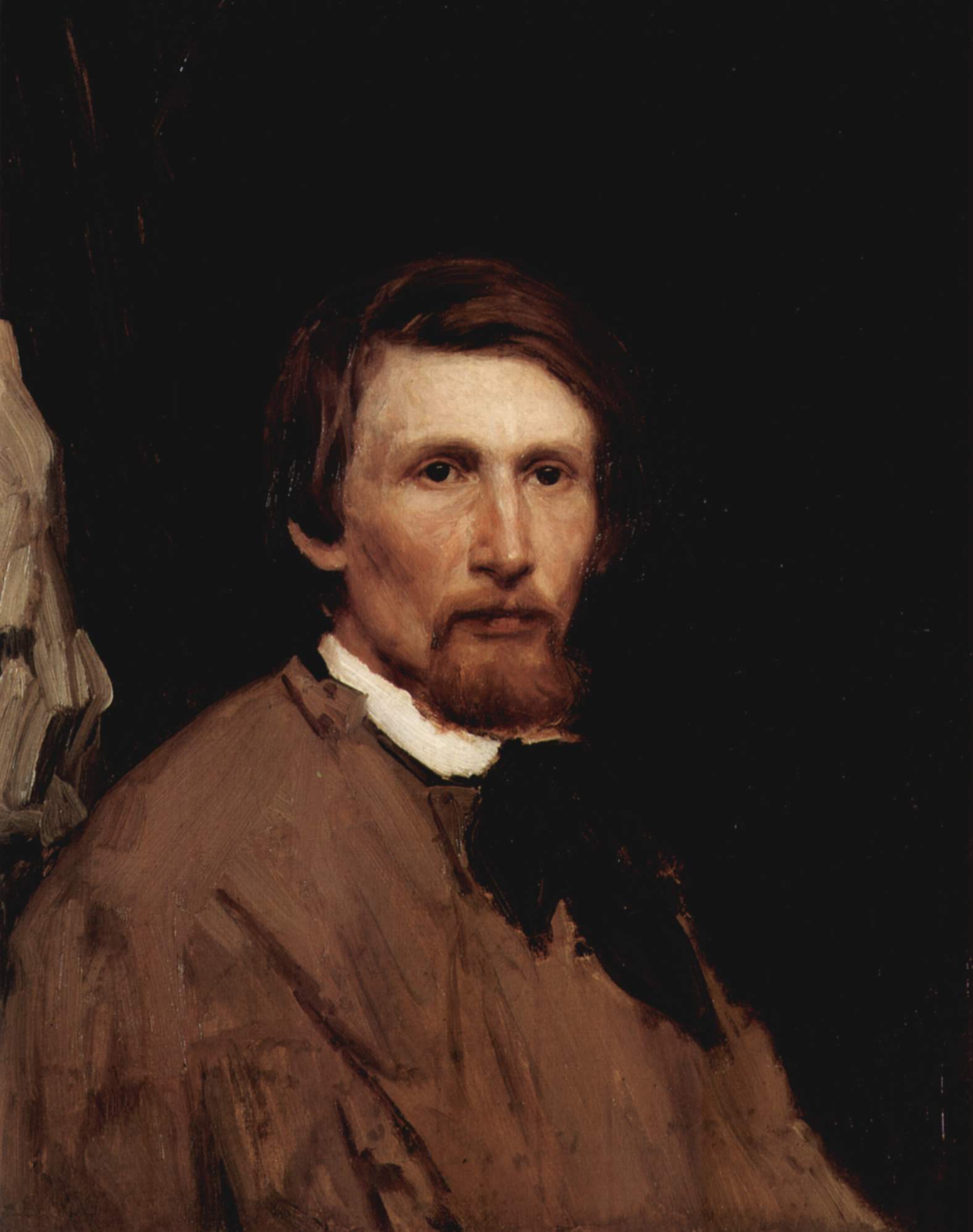
Vasnetsov formed a close relationship with Ivan Kramskoi, a key leader of the Peredvizhniki, even before entering the Academy, often referring to Kramskoi as his teacher during his drawing classes. He also developed a strong friendship with his fellow student, Ilya Repin, who would become another prominent figure in Russian art.
Initially, despite his later renown for historical and mythological paintings, Vasnetsov consciously avoided these subjects. The Academy, however, recognized his talent early on, awarding him a small silver medal for his graphic composition, Christ and Pontius Pilate Before the People. In the early 1870s, he produced a large number of engravings that captured scenes of contemporary life. Two of these, Provincial Bookseller (1870) and A Boy with a Bottle of Vodka (1872), earned him a bronze medal at the World Fair in London in 1874, marking his early international recognition. During this same period, he began to create genre paintings in oil. Works such as Peasant Singers (1873) and Moving House (1876) were particularly well-received by the democratic circles of Russian society, who appreciated their realistic portrayal of everyday life and common people.
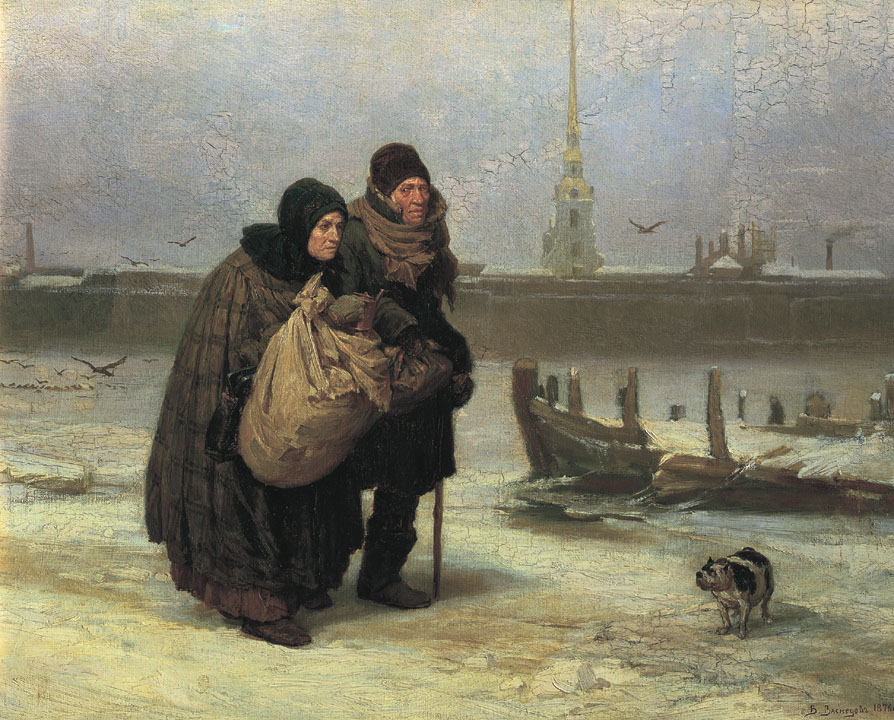
1.3. Paris Stay
In 1876, Ilya Repin extended an invitation to Vasnetsov to join the Peredvizhniki artists' colony in Paris. During his time in France, Vasnetsov immersed himself in the study of both classical and contemporary European art, examining academic works alongside the emerging Impressionist movement. This period saw him create works such as Acrobats (1877), produce various prints, and exhibit some of his pieces at the prestigious Paris Salon.
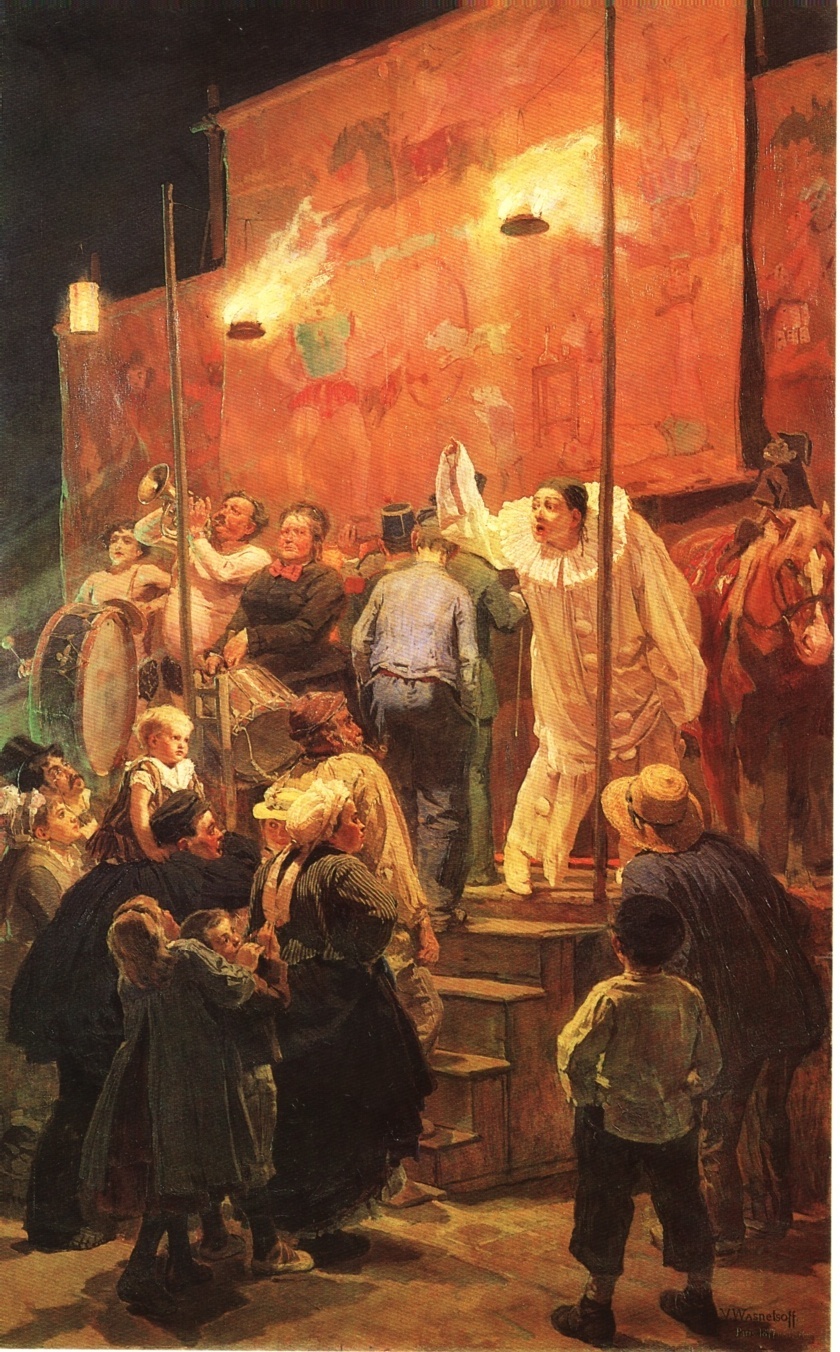
It was during his stay in Paris that Vasnetsov's artistic interest significantly shifted towards Russian fairy-tale subjects. This newfound fascination led him to begin working on what would become some of his most iconic paintings, including Ivan Tsarevich Riding a Grey Wolf and The Firebird. Notably, Vasnetsov also served as the model for the character of Sadko in Repin's celebrated painting Sadko. In 1877, after this formative period in Paris, Vasnetsov returned to Moscow.
1.4. Early Moscow Activities
Upon his return to Moscow in 1877, Viktor Vasnetsov intensely focused on illustrating Russian fairy tales and epic narrative poems known as Bylinas. This period saw the creation of some of his most famous works, which would later define his artistic legacy. Among these were The Knight at the Crossroads (1878), depicting a moment of fateful choice, Prince Igor's Battlefield (1878), portraying a scene from Russian epic history, Three princesses of the Underground Kingdom (completed 1884), The Flying Carpet (1880), and Alionushka (1881), a poignant depiction of a grieving girl.
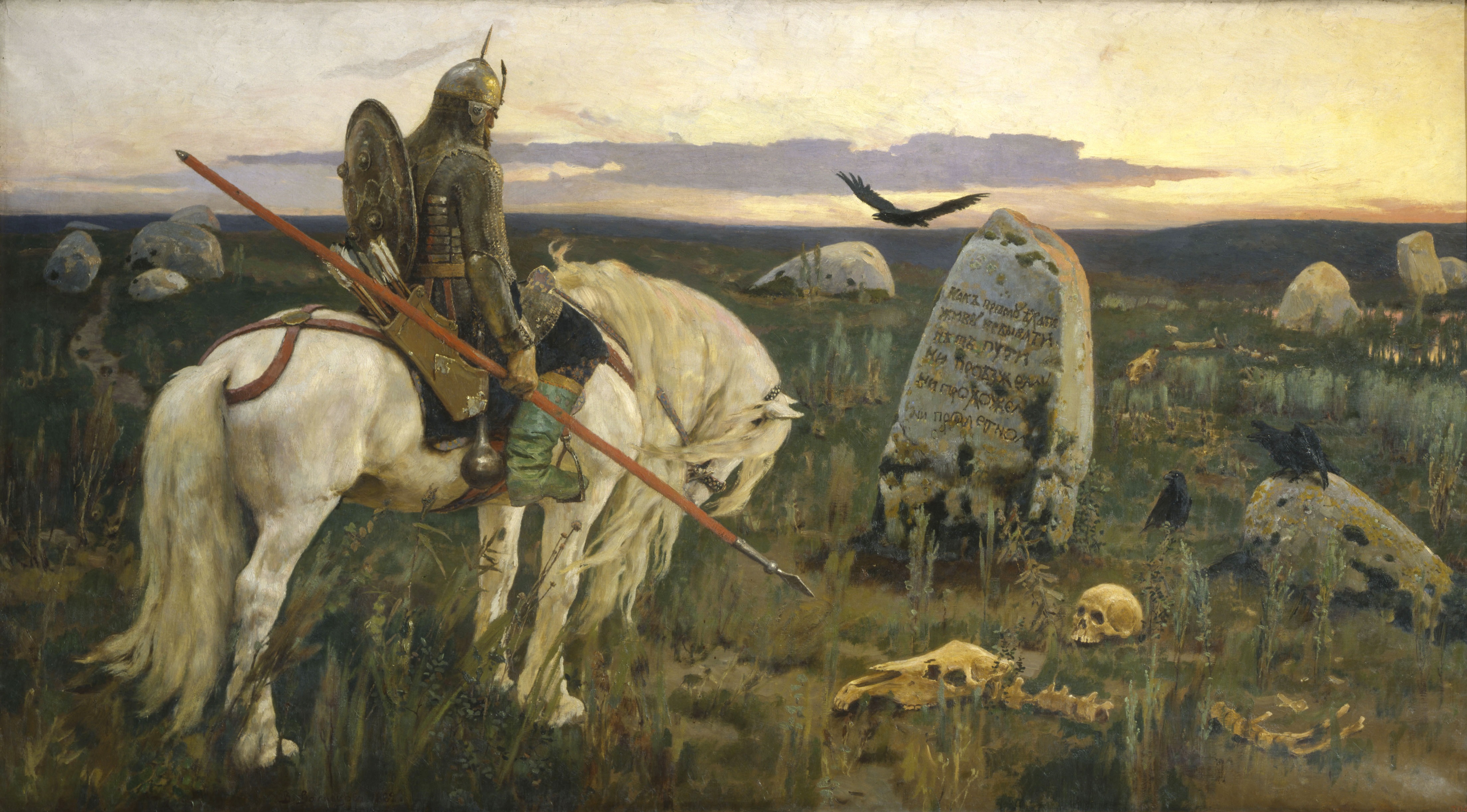
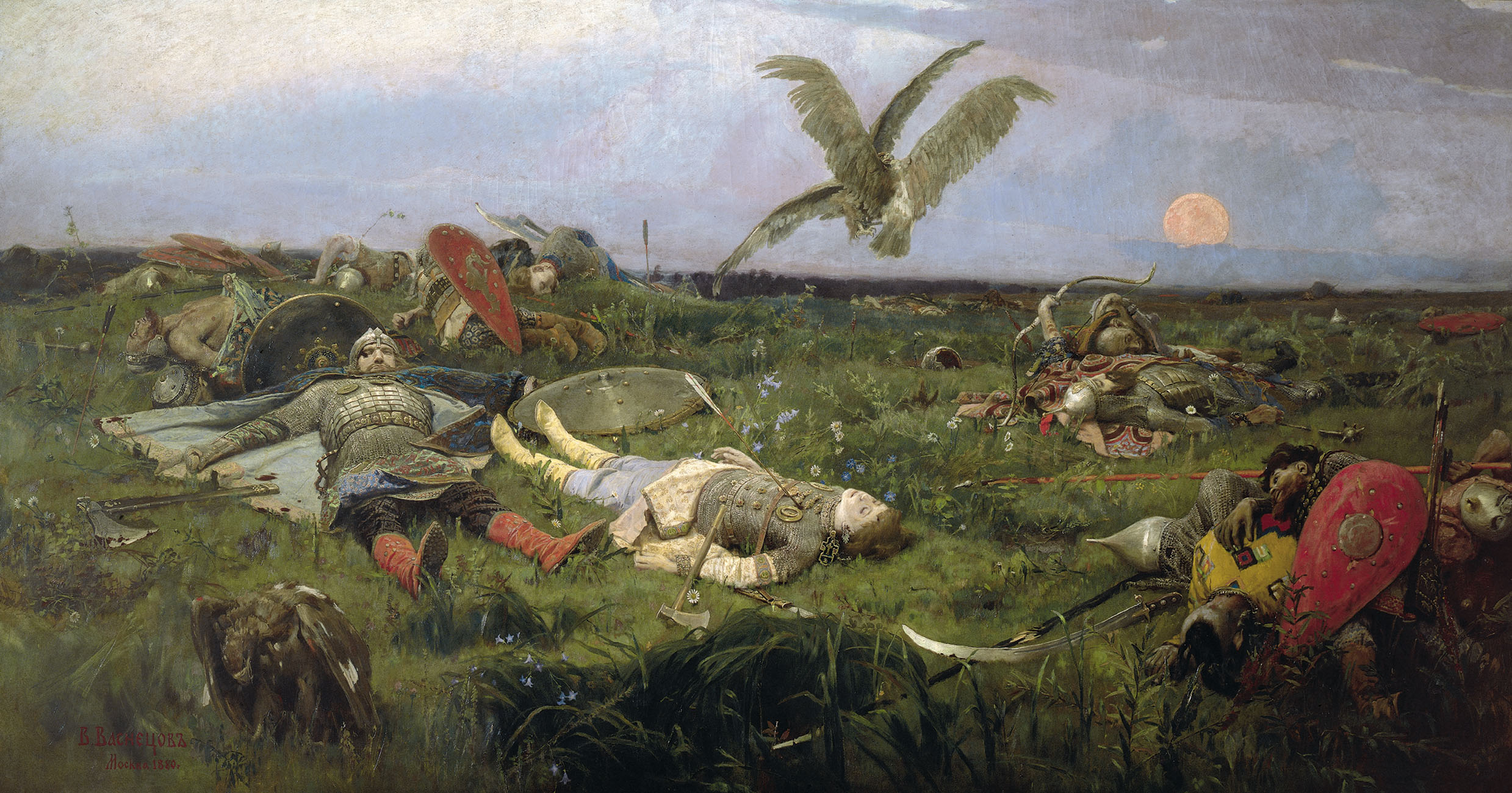
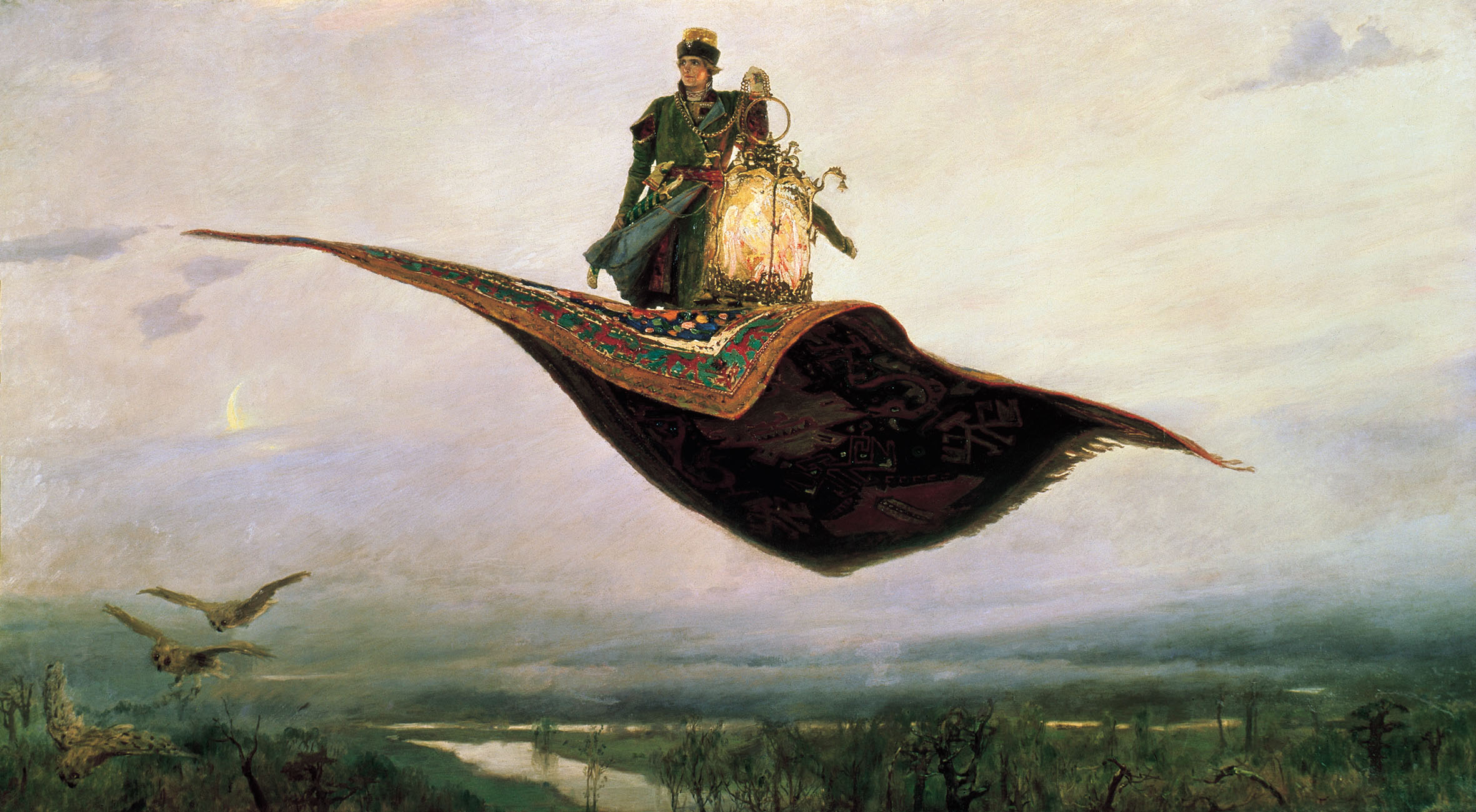
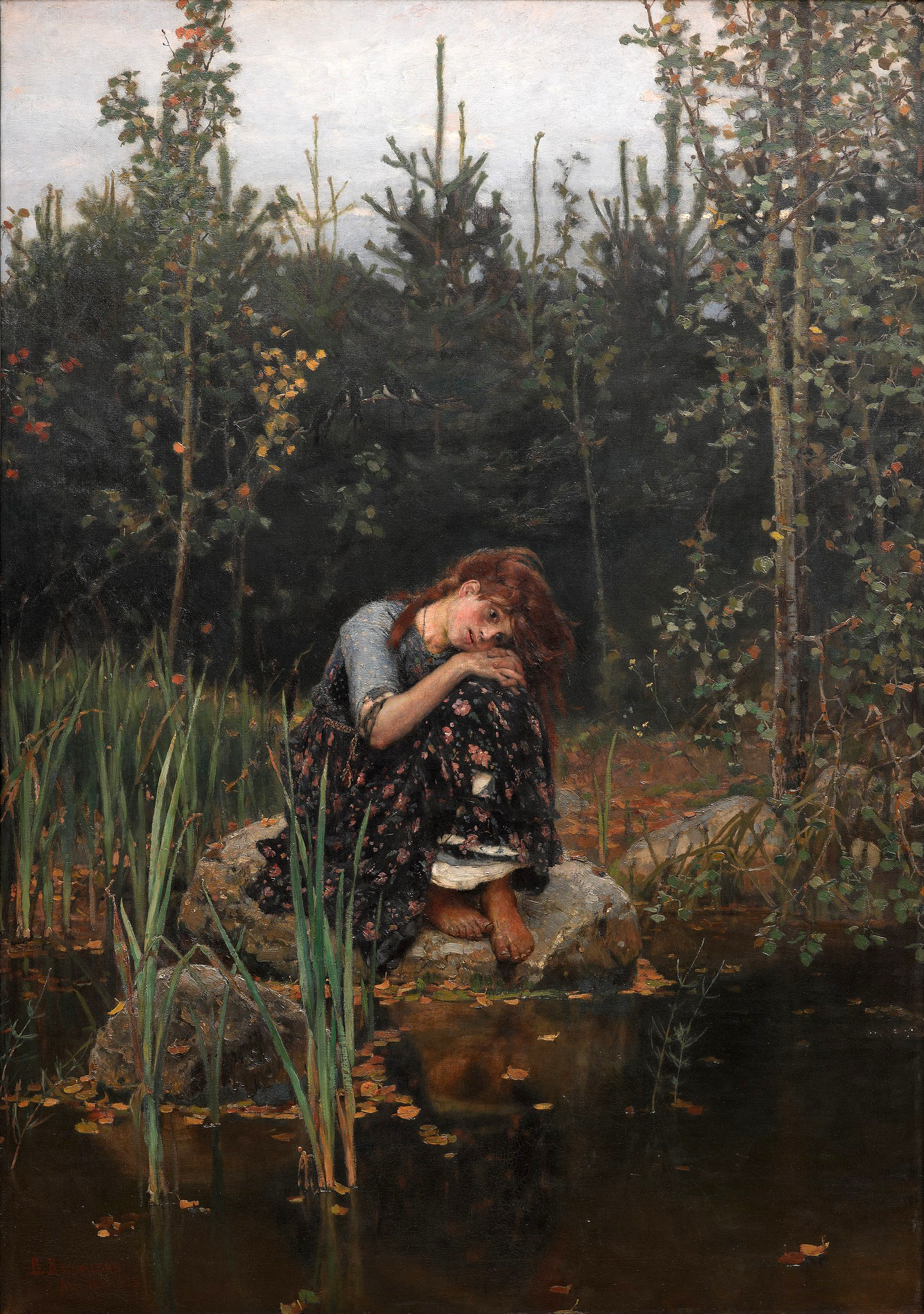
However, these groundbreaking works were initially not well-received by contemporary critics and the art establishment. Many radical critics, deeply rooted in the realist principles of the Peredvizhniki movement, dismissed them as undermining the tenets of realism. Even prominent art connoisseurs like Pavel Mikhailovich Tretyakov, whose gallery would later become a repository of Russian art, initially refused to acquire these pieces.
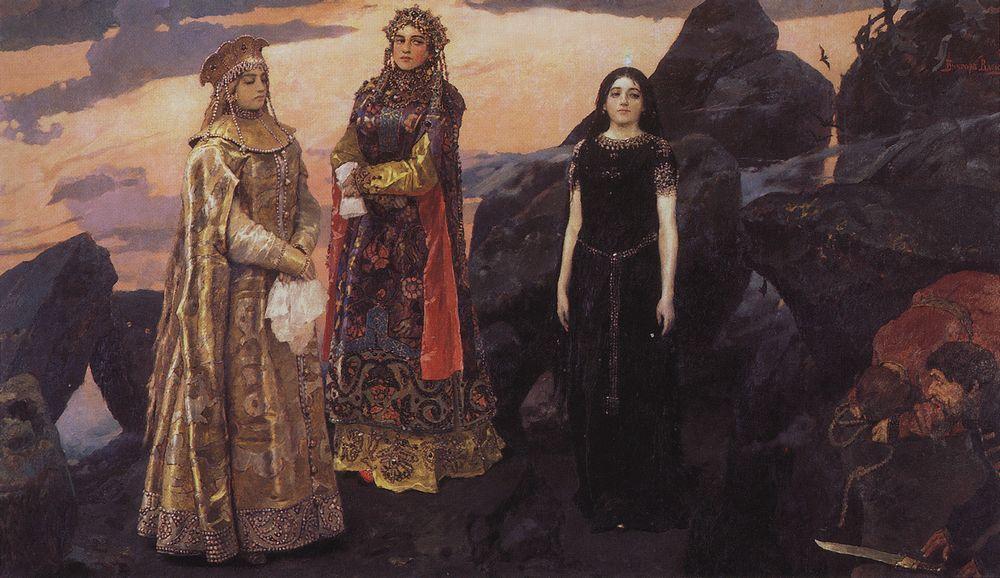
The tide began to turn in the 1880s, and the vogue for Vasnetsov's unique artistic vision spread as he shifted his focus towards religious subjects. During this time, he executed a significant series of icons for the Abramtsevo Colony estate, under the patronage of Savva Mamontov. This shift marked a period where his art began to find broader acceptance, laying the groundwork for his later monumental religious commissions.
1.5. Kyiv Period
Between 1884 and 1889, Viktor Vasnetsov undertook a monumental commission to paint frescoes in St Volodymyr's Cathedral in Kyiv. This project was an ambitious undertaking that challenged both traditional Russian and Western approaches to religious painting. The influential art critic Vladimir Stasov famously labeled these works a "sacrilegious play with religious feelings of the Russian people," indicating the controversial nature of Vasnetsov's innovative style in religious art. However, another popular critic, Dmitry Filosofov, viewed these frescoes from a contrasting perspective, referring to them as "the first bridge over 200 years-old gulf separating different classes of Russian society." This assessment underscored the potential of Vasnetsov's art to transcend social divides and appeal to a broader audience, highlighting its significant cultural and social impact.
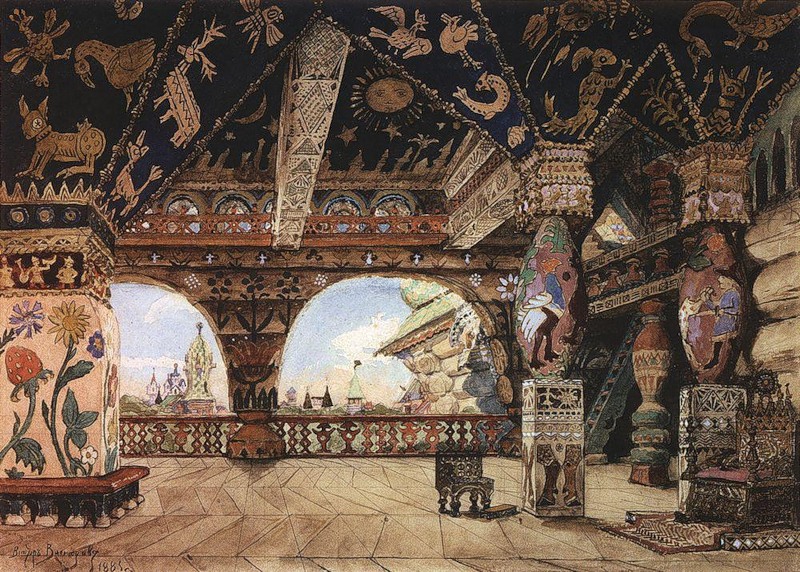
During his time in Kyiv, Vasnetsov formed a close friendship with Mikhail Vrubel, who was also involved in the cathedral's decoration. Their collaboration became a mentorship, with Vasnetsov imparting significant knowledge and guidance to the younger artist. It was in Kyiv that Vasnetsov brought his painting Ivan Tsarevich Riding a Grey Wolf to completion and began his most famous work, Bogatyrs. In 1885, he also traveled to Italy, expanding his artistic horizons. The same year, he contributed to the theatrical world by designing stage sets and costumes for Nikolai Rimsky-Korsakov's opera, The Snow Maiden.
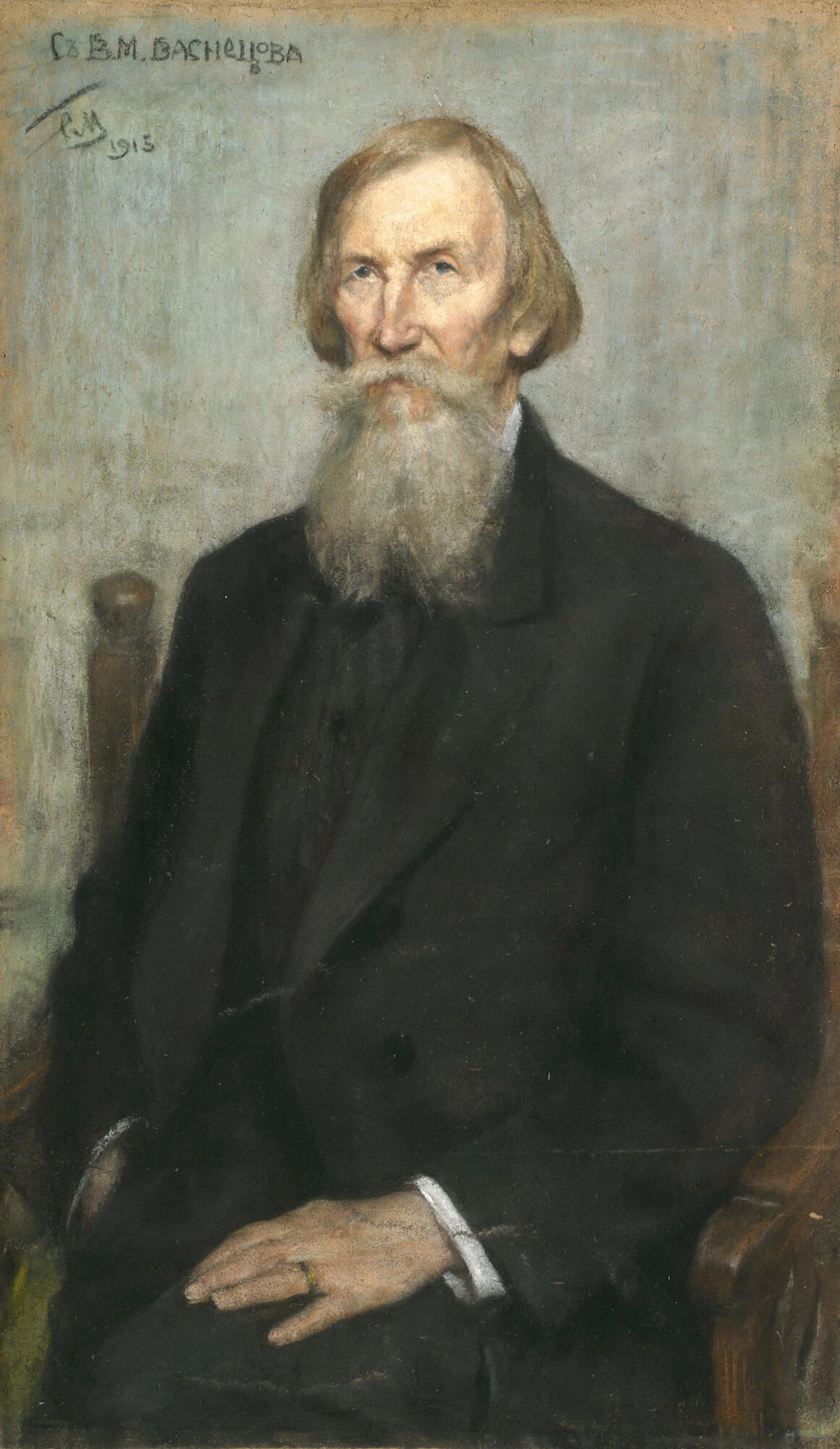
1.6. Later Years and Architectural Work
The two decades following his Kyiv period, from the 1890s until his death in 1926, proved to be a highly productive phase for Viktor Vasnetsov. During this time, he increasingly diversified his artistic endeavors, exploring various media beyond painting. In 1897, he collaborated with his brother Apollinary on the theatrical design for another premiere by Nikolai Rimsky-Korsakov, the opera Sadko.
At the turn of the century, Vasnetsov refined his distinctive "fairy-tale" style within Russian Revivalist architecture. His first acclaimed architectural design was the church in Abramtsevo, completed in 1882 in collaboration with Vasily Polenov. In 1894, he designed his own mansion in Moscow. He then designed the Russian pavilion for the World Fair in Paris in 1898. Finally, in 1904, Vasnetsov created perhaps the most renowned of his "fairy-tale" buildings: the iconic façade of the Tretyakov Gallery, which became a symbol of Russian art and national heritage.
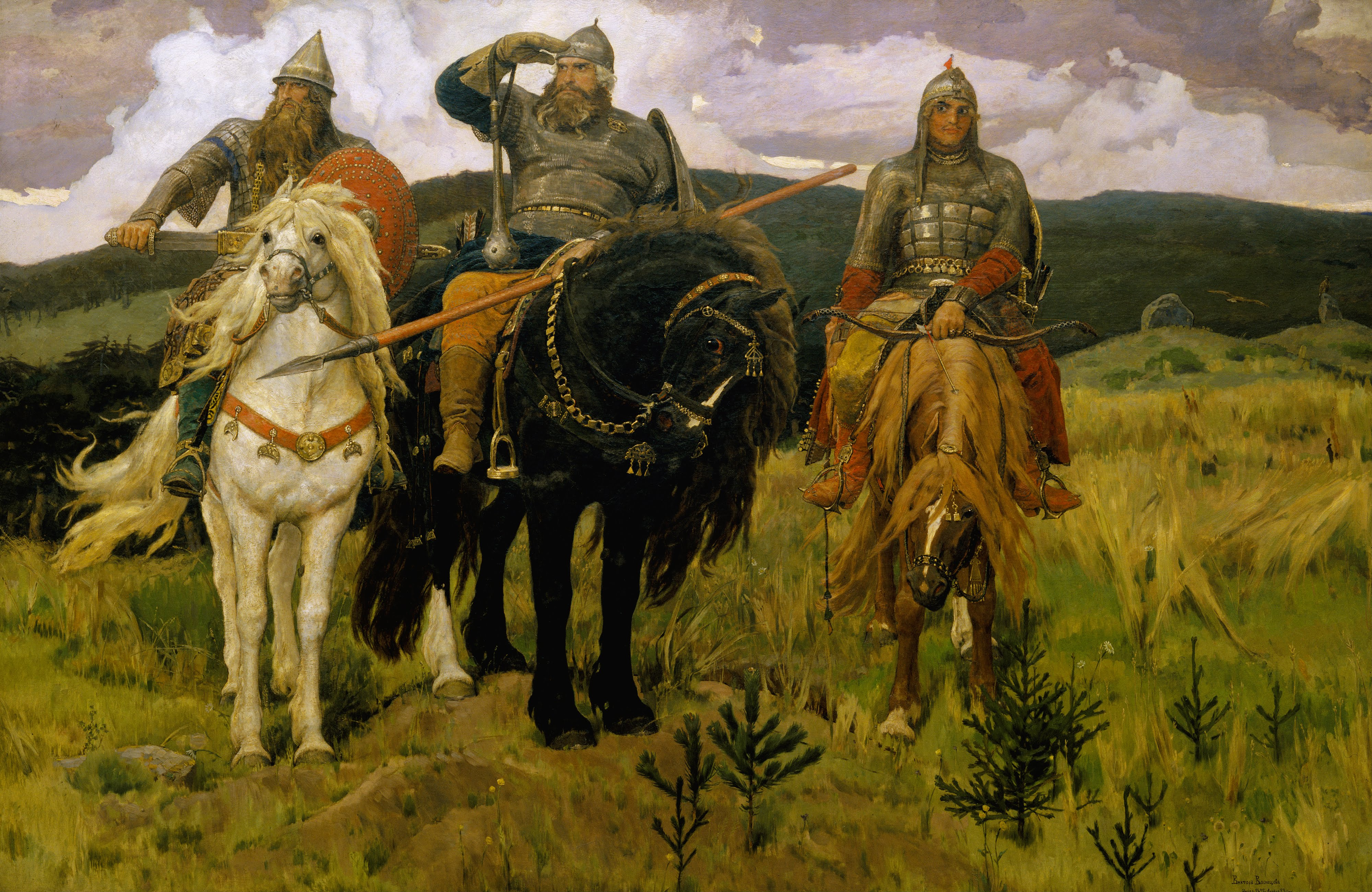
Between 1906 and 1911, Vasnetsov was instrumental in designing the mosaics for the Alexander Nevsky Cathedral, Warsaw, and he also contributed to the design of the Alexander Nevsky Cathedral, Moscow. In recognition of his significant contributions to Russian culture, he was granted a noble title by Czar Nicholas II in 1912. In 1914, he designed a revenue stamp intended for voluntary collection to aid victims of World War I, demonstrating his involvement in social causes.
Even before the Russian Revolution, Vasnetsov played an active role as a regent of the Tretyakov Gallery. He generously allocated a substantial portion of his personal income to the State Historical Museum, leading to the acquisition of a large part of the museum's collection through his financial support. After the October Revolution, he advocated for the transfer of certain religious paintings, notably those by Alexander Ivanov, from churches to the Tretyakov Gallery, highlighting his dedication to the preservation of art regardless of political upheaval.
In 1915, Vasnetsov participated in designing a military uniform for a prospective Victory parade of the Russian army in Berlin and Constantinople. He is credited with the creation of the distinctive budenovka, a military hat initially named bogatyrka and designed to reproduce the style of Kievan Rus' cone-shaped helmets, further cementing his influence on Russian cultural symbols.
2. Artistic Philosophy and Style
Viktor Vasnetsov's artistic philosophy was deeply rooted in the search for a distinctive Russian national style, a quest that defined his career and placed him at the forefront of the Russian Revivalist movement. He consciously embraced folklorist and romantic nationalistic themes, seeking to visually interpret the rich tapestry of Russian history, legends, and fairy tales. Unlike many of his contemporaries who focused on social realism, Vasnetsov aimed to elevate the heroic and mythical past, believing it held the key to understanding the Russian soul.
His unique style was characterized by a synthesis of various influences: the academic training he received, the realism of the Peredvizhniki movement (though he eventually diverged from their strict realist principles in terms of subject matter), and the ornate, spiritual quality of Russian icon painting and medieval art. This blend allowed him to create grand, epic compositions that often had a narrative quality, drawing viewers into the world of ancient heroes, mystical creatures, and religious parables. Early on, his decision to focus on these subjects, rather than the contemporary genre scenes favored by many radical critics, was met with skepticism. They often dismissed his works as undermining realist principles. However, as the 1880s progressed, public appreciation for his "fairy-tale" and religious subjects grew, affirming his conviction that art could serve as a powerful medium for national identity and spiritual exploration.
Vasnetsov's work was central to the Russian Revivalist movement, an artistic trend that looked back to pre-Petrine Russia for inspiration, celebrating traditional Russian architecture, decorative arts, and folklore. He actively contributed to shaping the visual representation of Russian history and mythology, imbuing figures from legends and historical events with a sense of grandeur and emotional depth. His paintings, often described as having an epic and aesthetic quality, are sometimes associated with Russian Symbolism due to their profound symbolic content and allegorical nature, which aimed to evoke deeper meanings and national consciousness. Through his distinct approach, Vasnetsov established a new direction in Russian art, one that celebrated the nation's cultural heritage and contributed significantly to its visual identity.
3. Major Works
Viktor Vasnetsov produced an extensive body of work across mythological, historical, and religious genres, alongside significant architectural designs, each contributing to his legacy as a key figure in Russian art.
His early period in Saint Petersburg included genre paintings like Moving House (1876), which was warmly received by democratic circles. From his time in Paris, Acrobats. Festival in a Paris suburb (circa 1876-1877) showcases his engagement with contemporary life and his ability to capture movement. His diverse portfolio also includes intimate genre scenes like Préférence (1879), and portraits such as that of Arkhyp Kuindzhi (1869) and Tatyana Mamontova (1884).


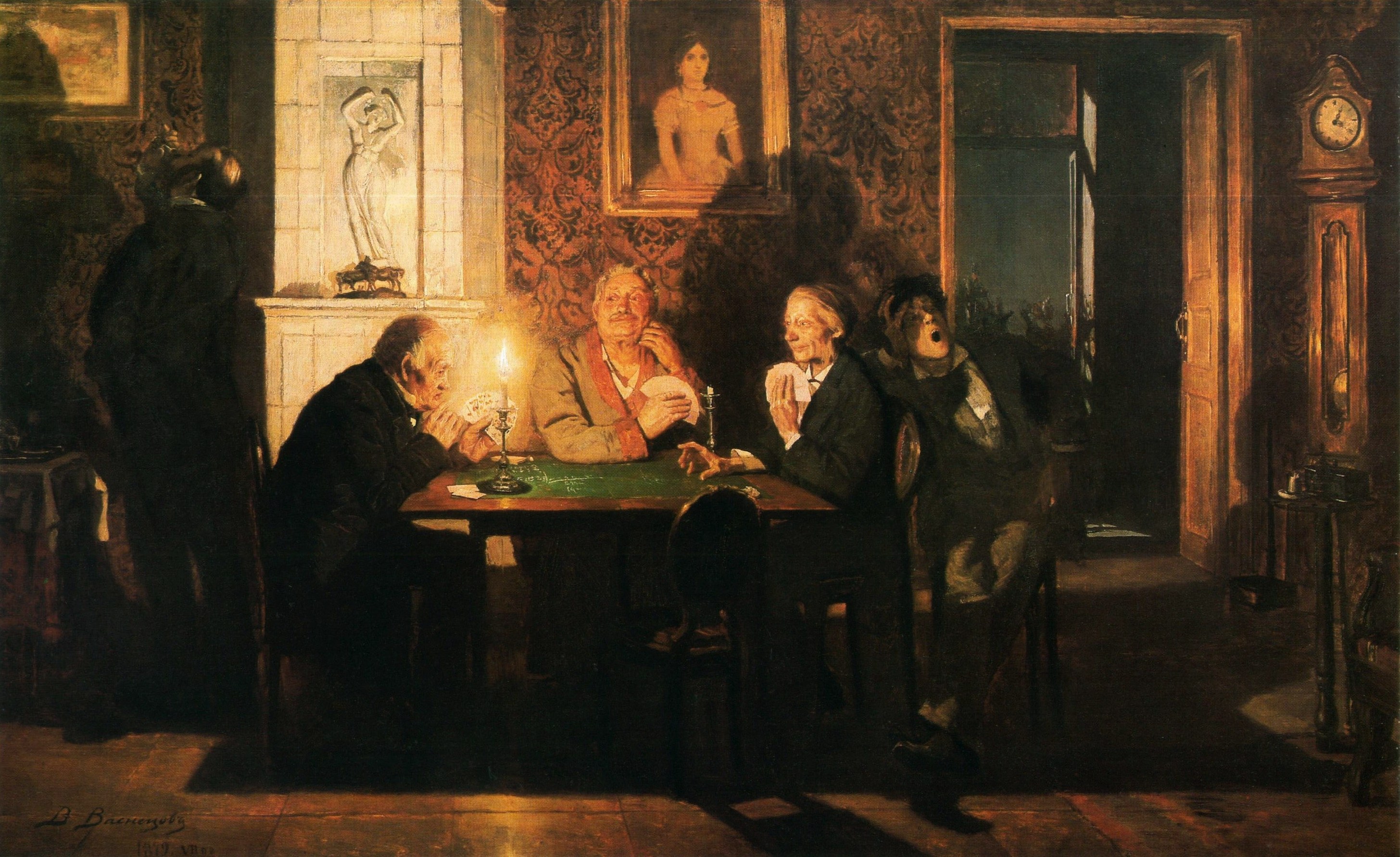
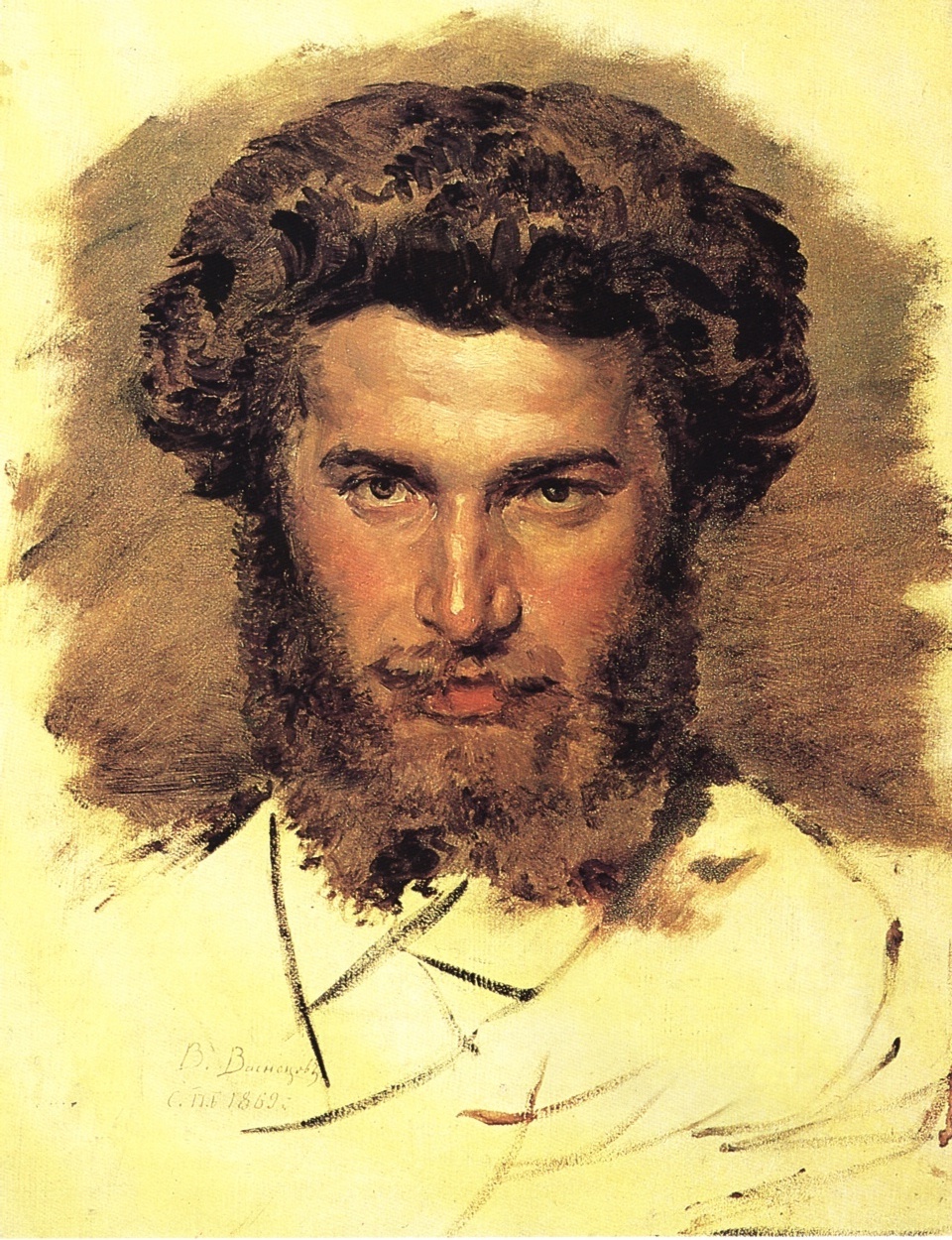
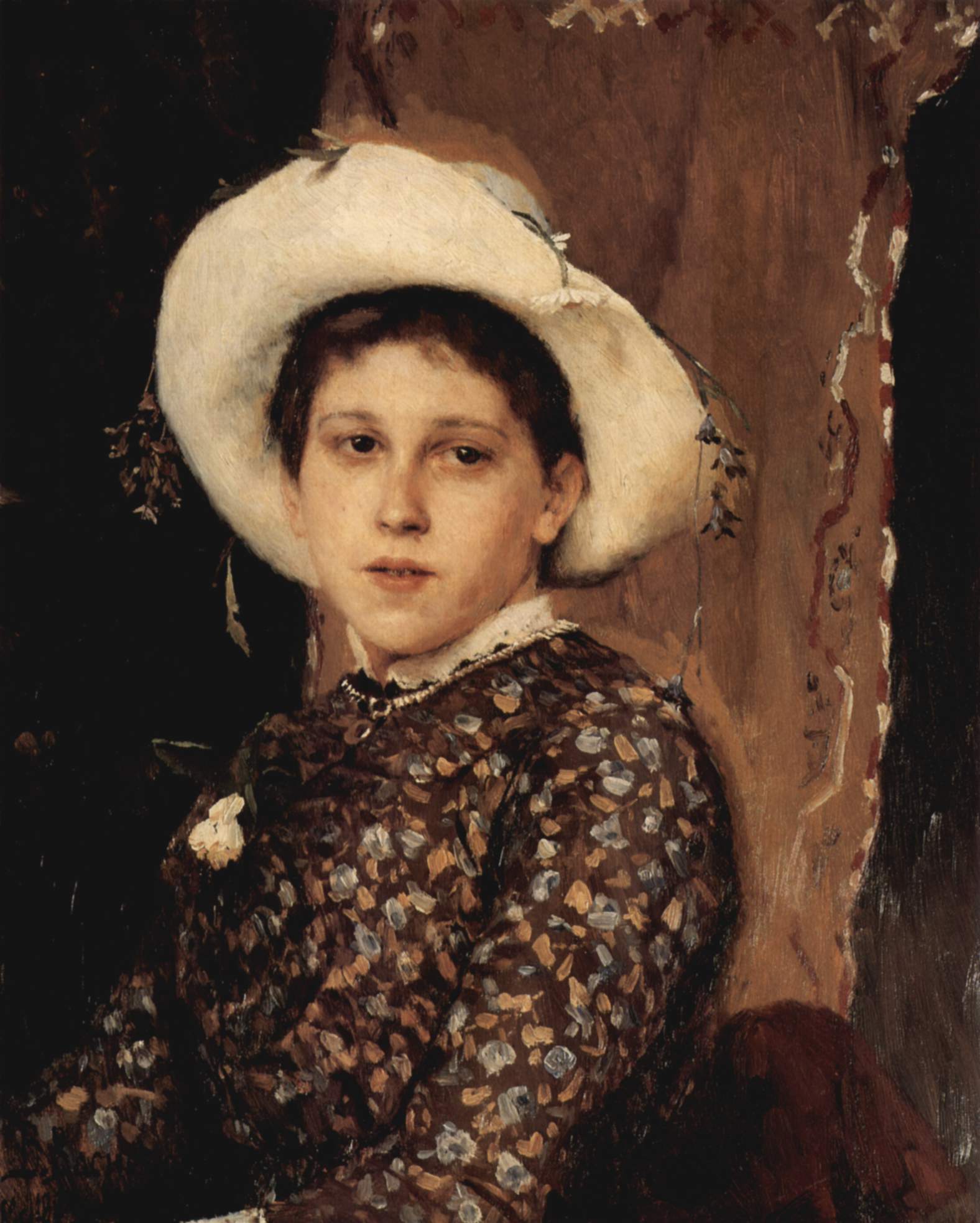
Upon his return to Moscow, Vasnetsov immersed himself in Russian folklore. His seminal works from this period include The Knight at the Crossroads (1878), a powerful depiction of a hero's choice, and After Igor Svyatoslavich's fighting with the Cumans (1880), inspired by the epic "The Tale of Igor's Campaign."


Other notable fairy-tale paintings include The Flying Carpet (1880), Alyonushka (1881), a melancholic portrayal of a folk character, and Three princesses of the Underground Kingdom (1884), which explores themes from Russian fairy tales. These works, though initially met with mixed critical reception, later became iconic. His painting Ivan Tsarevich Riding a Grey Wolf (1889) is also a key work in this genre.



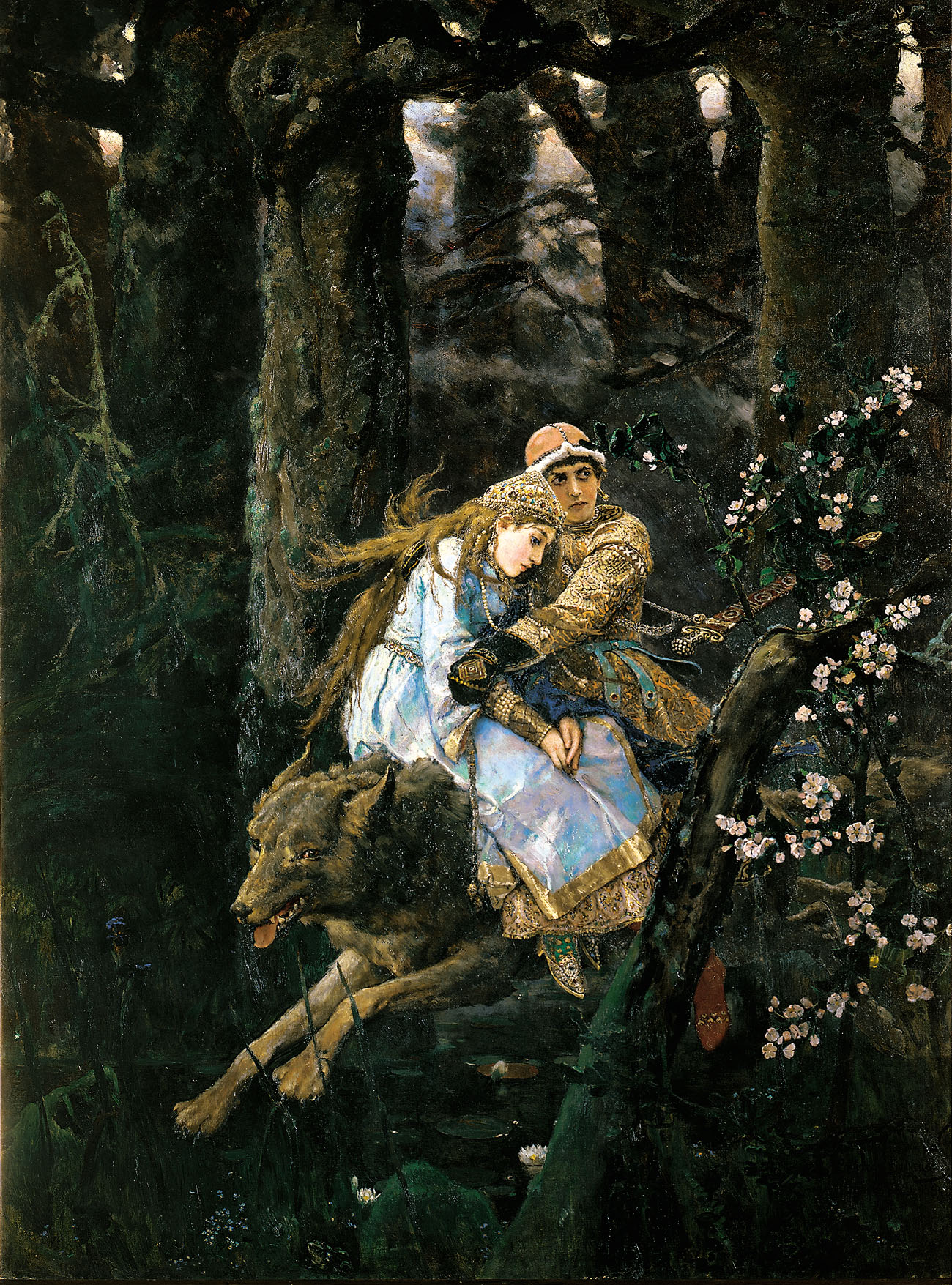
His monumental work in Kyiv's St Volodymyr's Cathedral involved extensive frescoes, including Baptism of Prince Vladimir (1890) and Four Horsemen of the Apocalypse (1887), demonstrating his mastery of religious themes. Other notable religious compositions include Baptism of Rus' (between 1885 and 1896), and various depictions of Christian figures such as the Mother of God (1901) and Jesus Christ (1901).
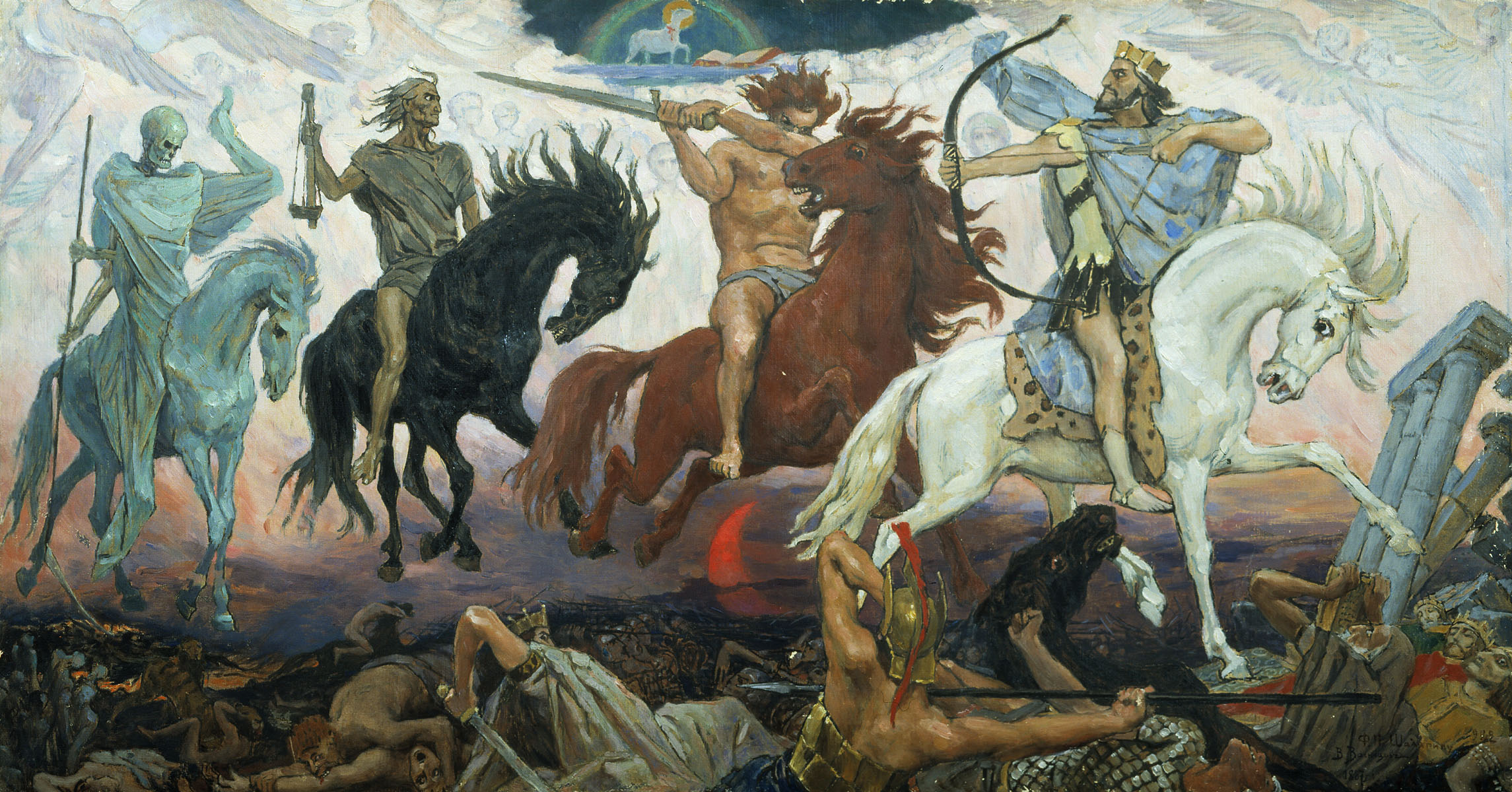
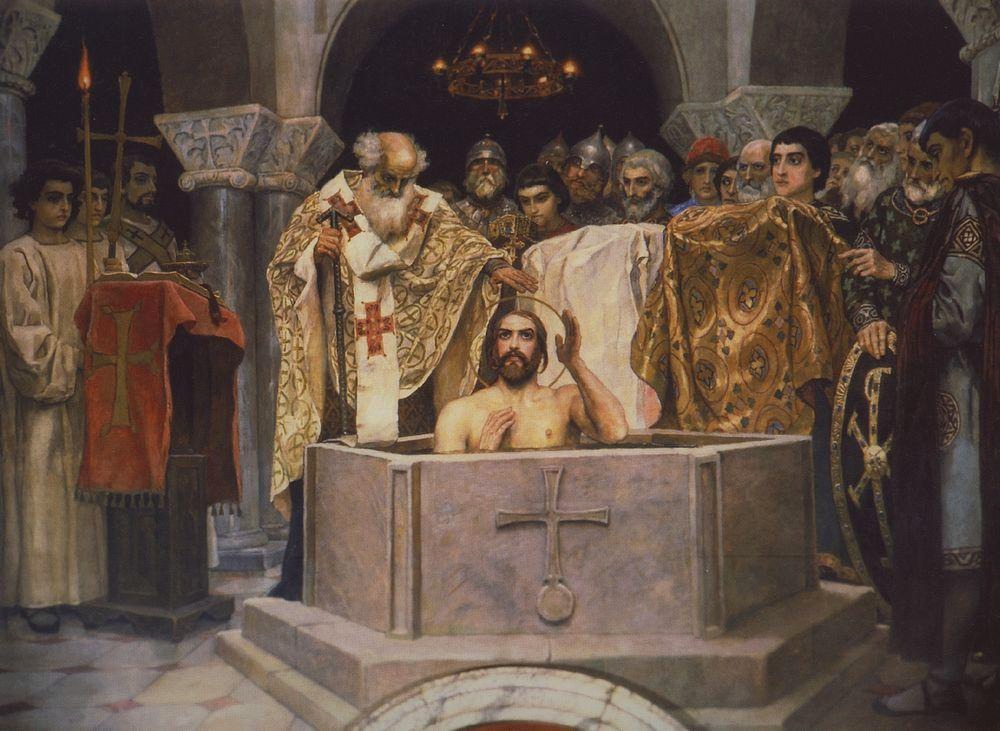
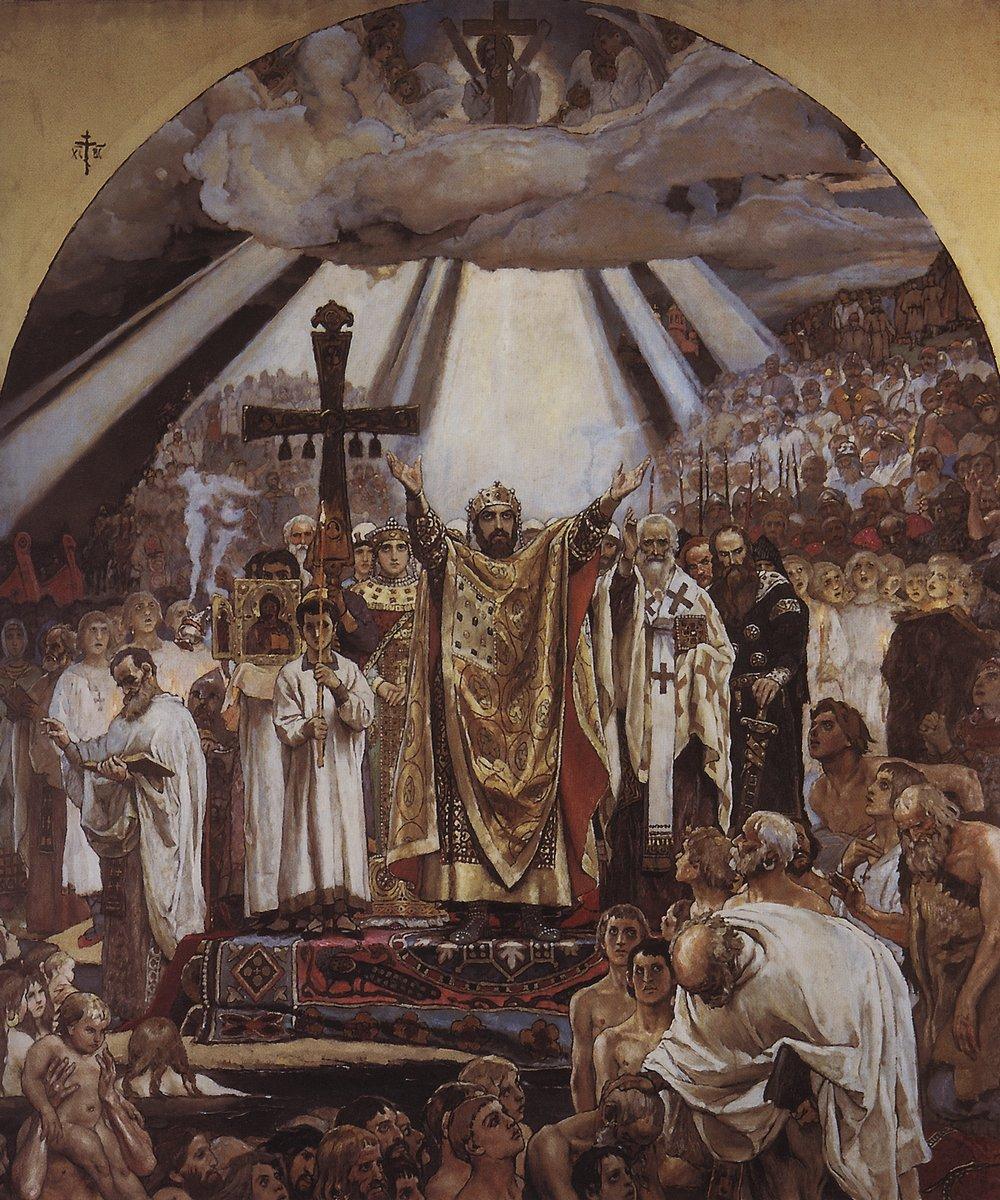
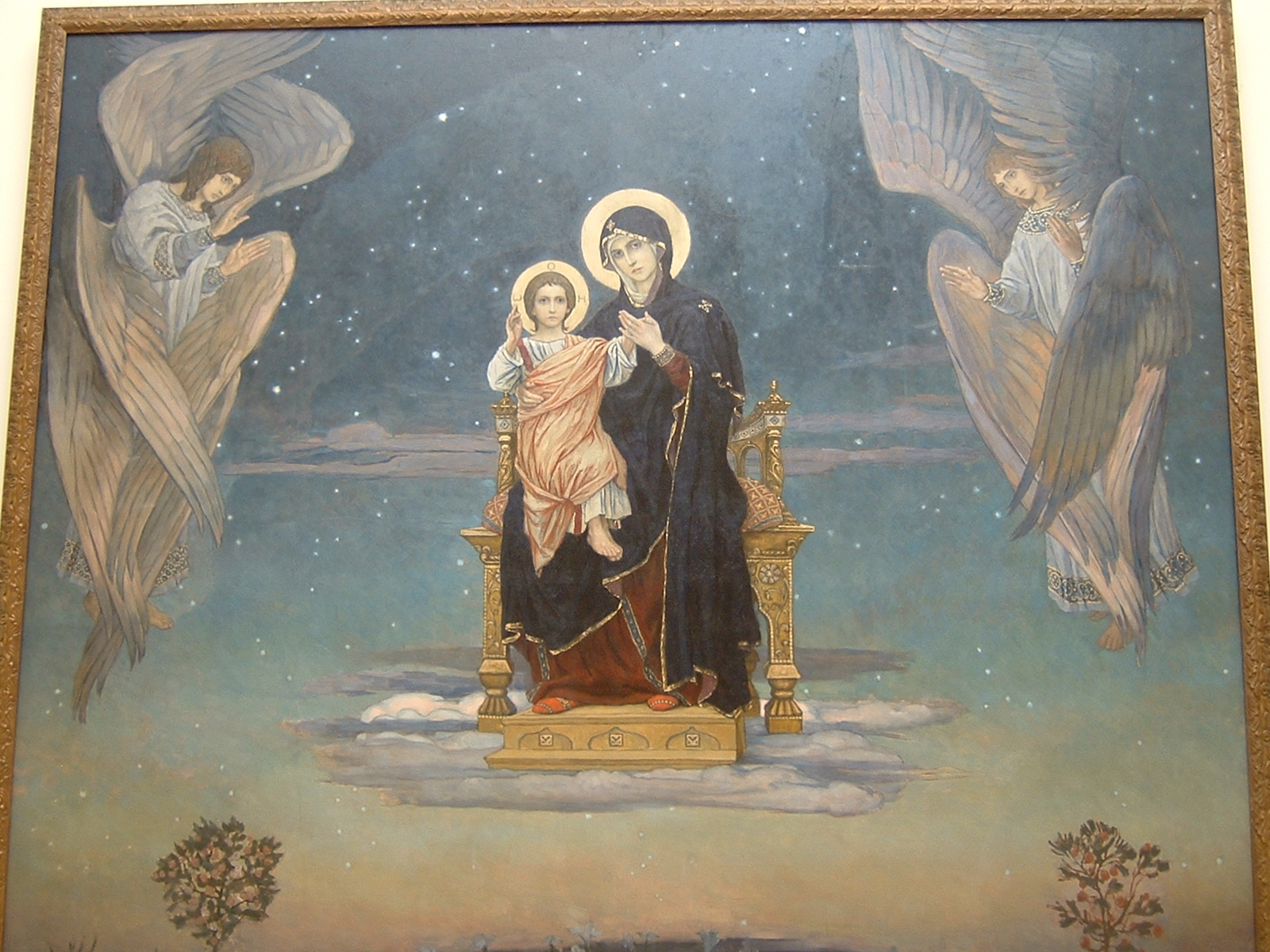
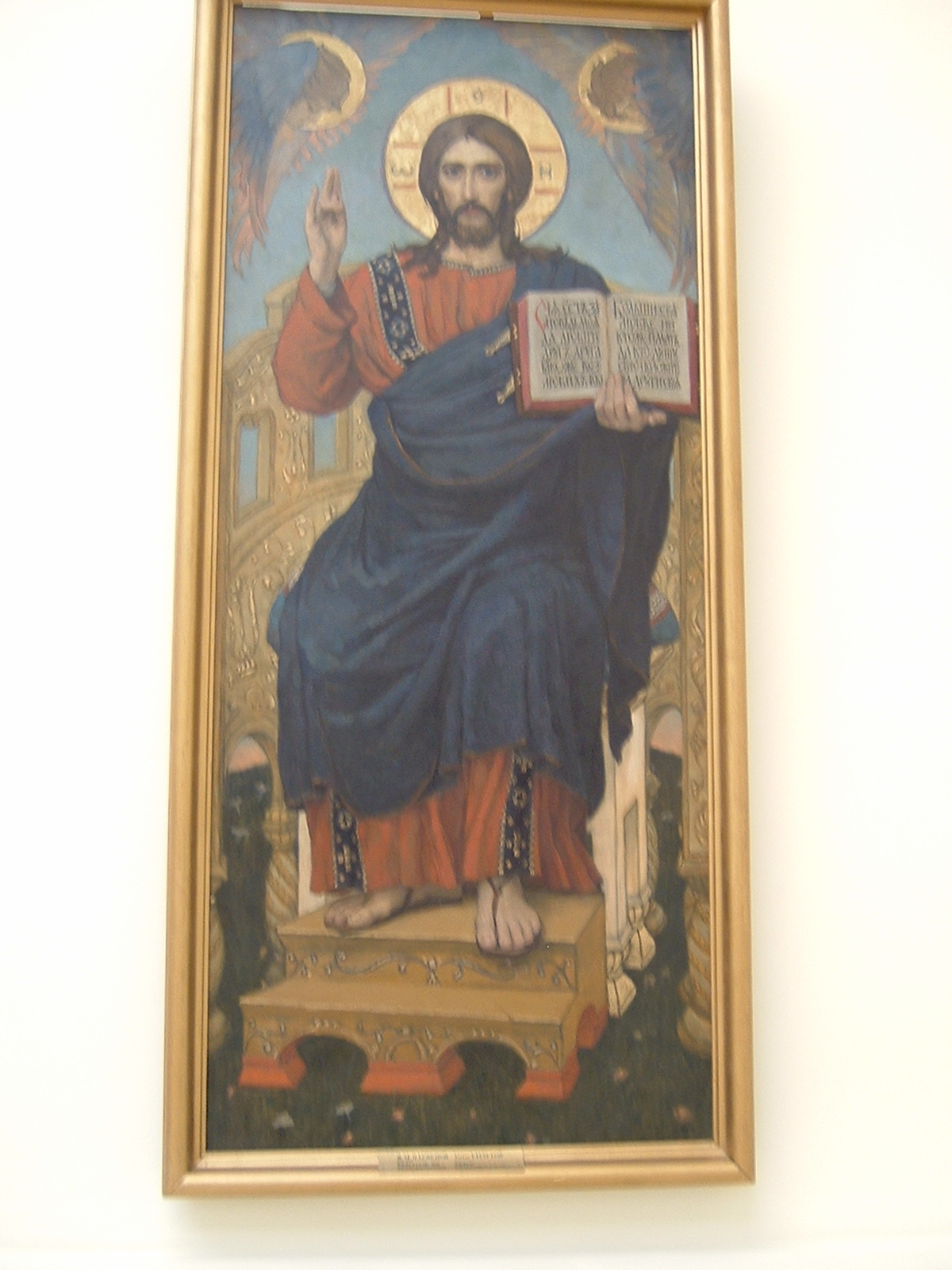
The culmination of his mythological work is Bogatyrs (1898), a celebrated painting depicting the legendary Russian knights Dobrynya Nikitich, Ilya Muromets, and Alyosha Popovich. Other significant works reflecting his engagement with Russian history and legend include Tsar Ivan the Terrible (1897), Gamayun the prophetic bird (1898), and Oleg meets wizard (1899). He also explored themes from folklore with works like Sirin and Alkonost (1896).


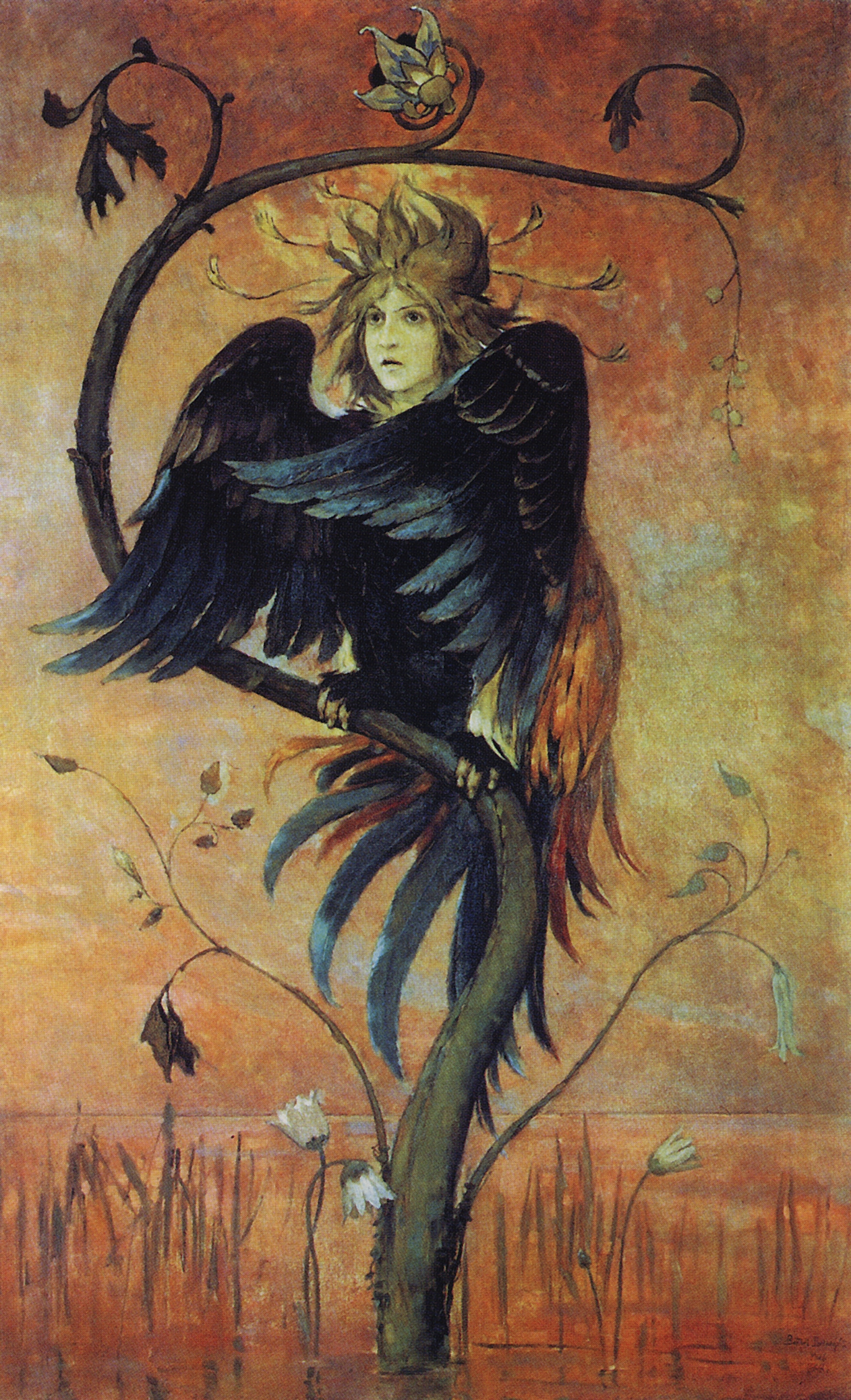
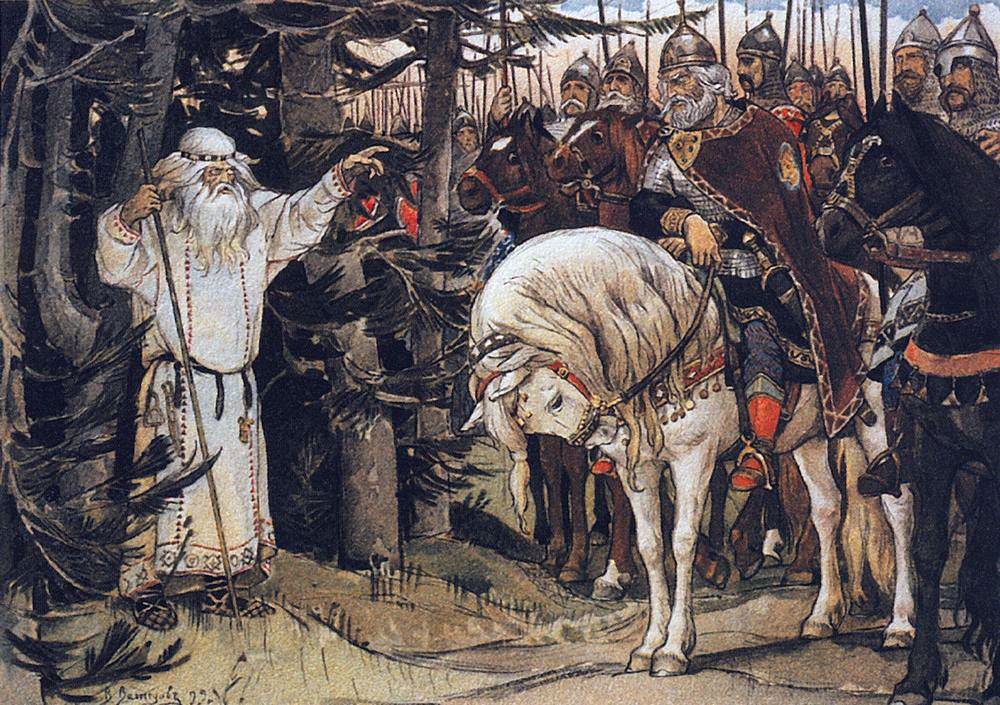
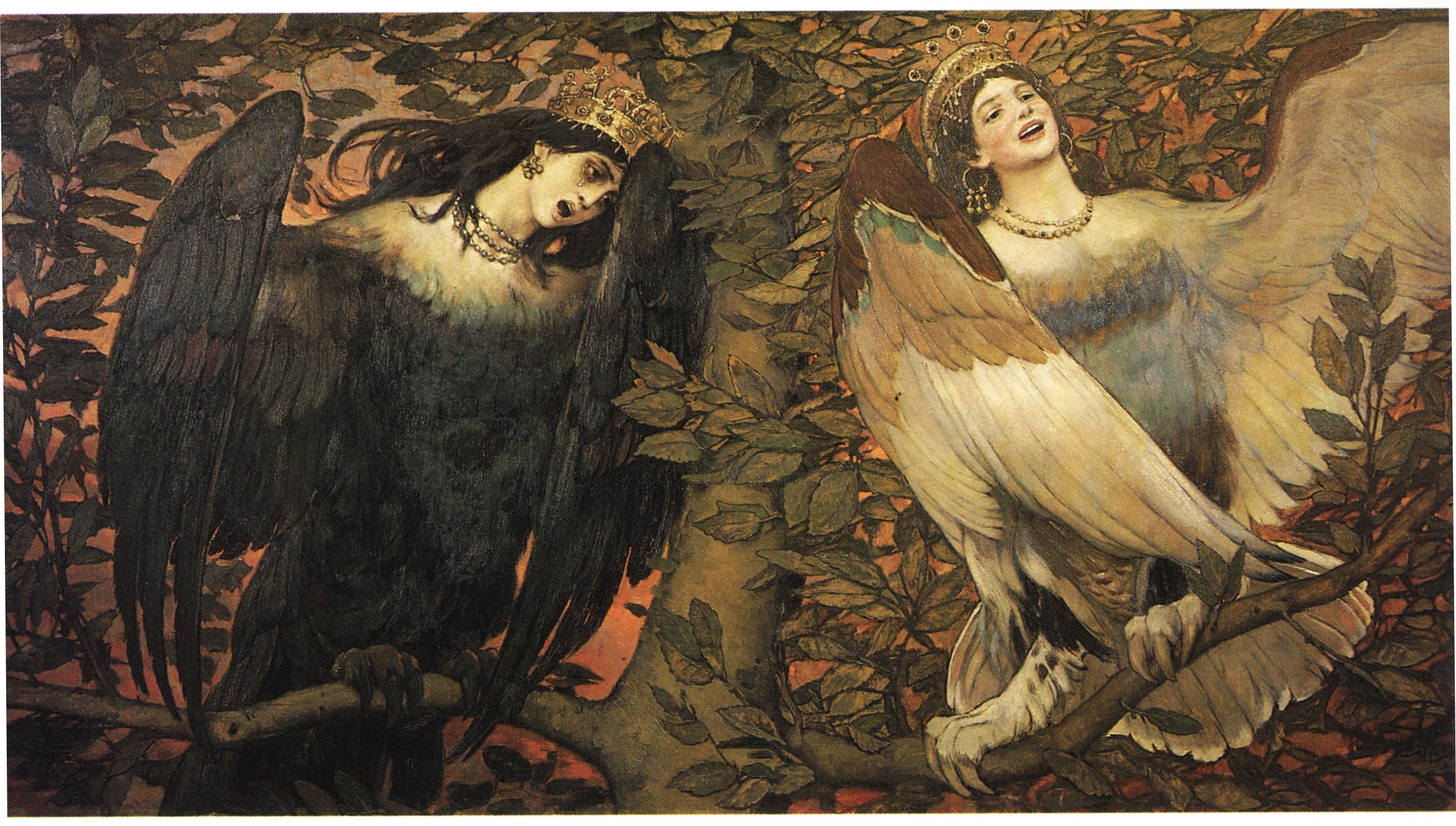
He continued his fairy-tale explorations with paintings like The Frog Princess (1918), The Sleeping Queen (1926), Koschei the Immortal (1917-1928), and The Princess Who Never Laughed (1916-1926).
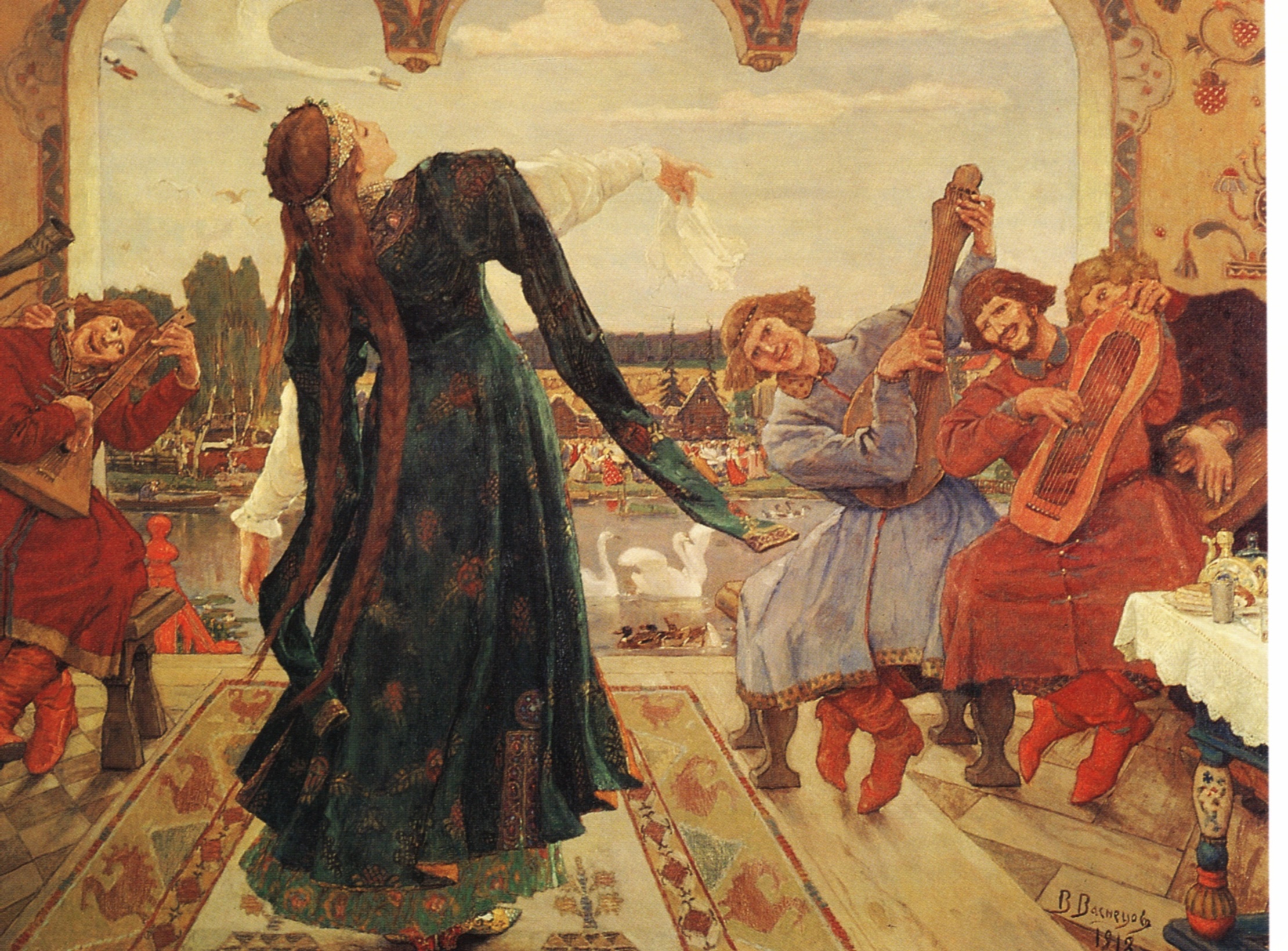
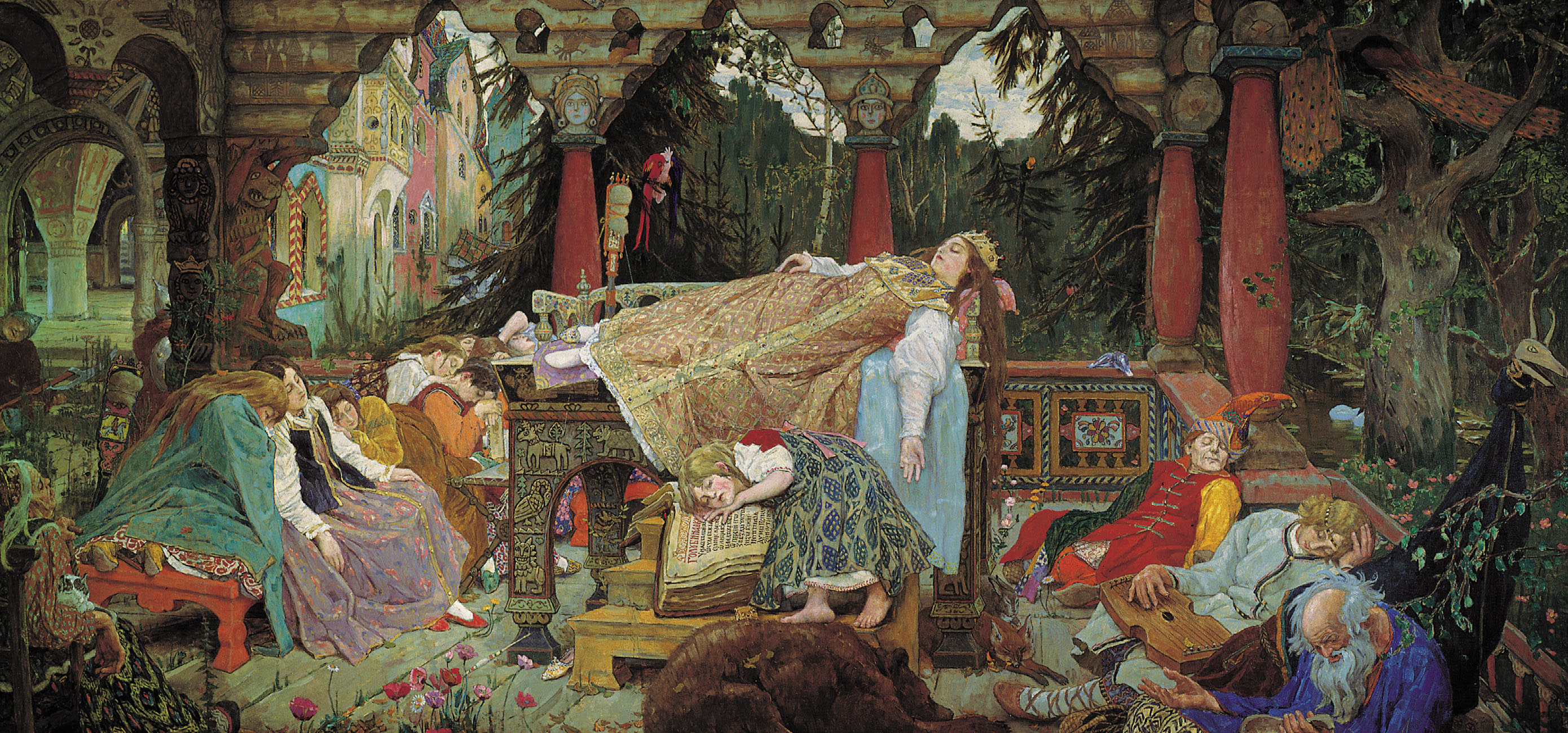
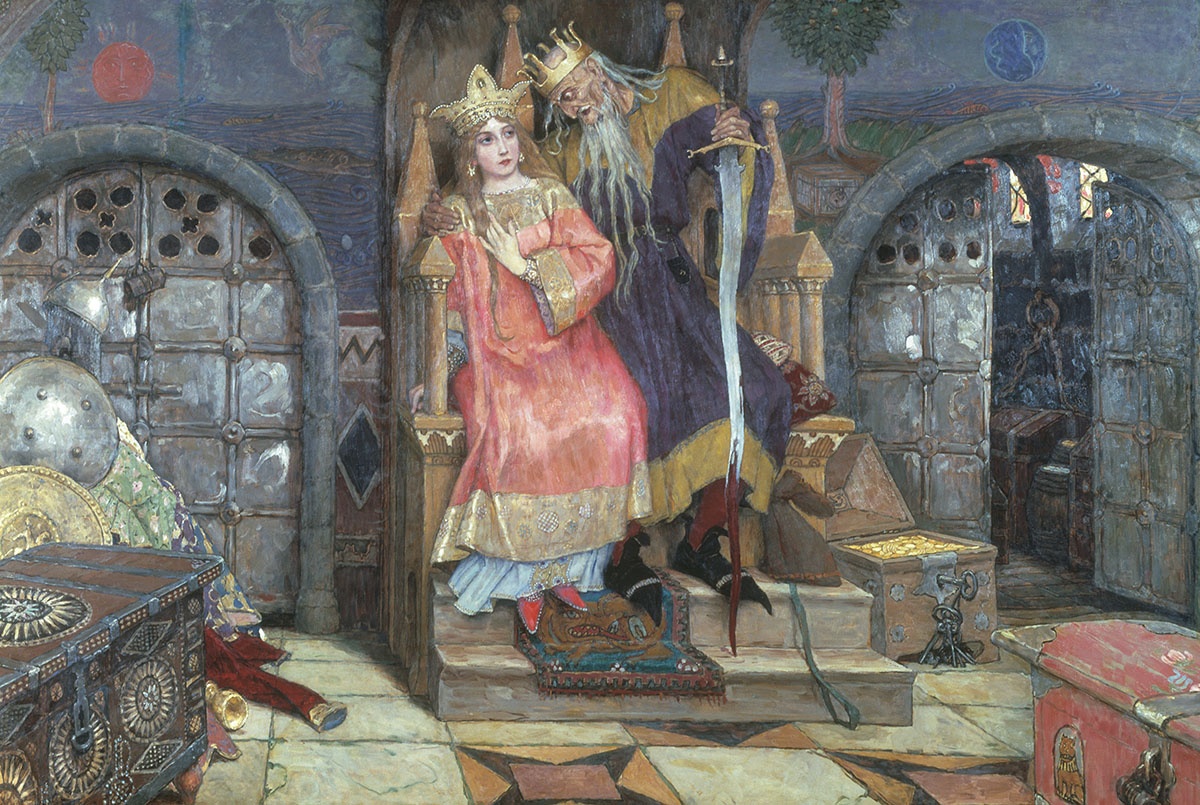
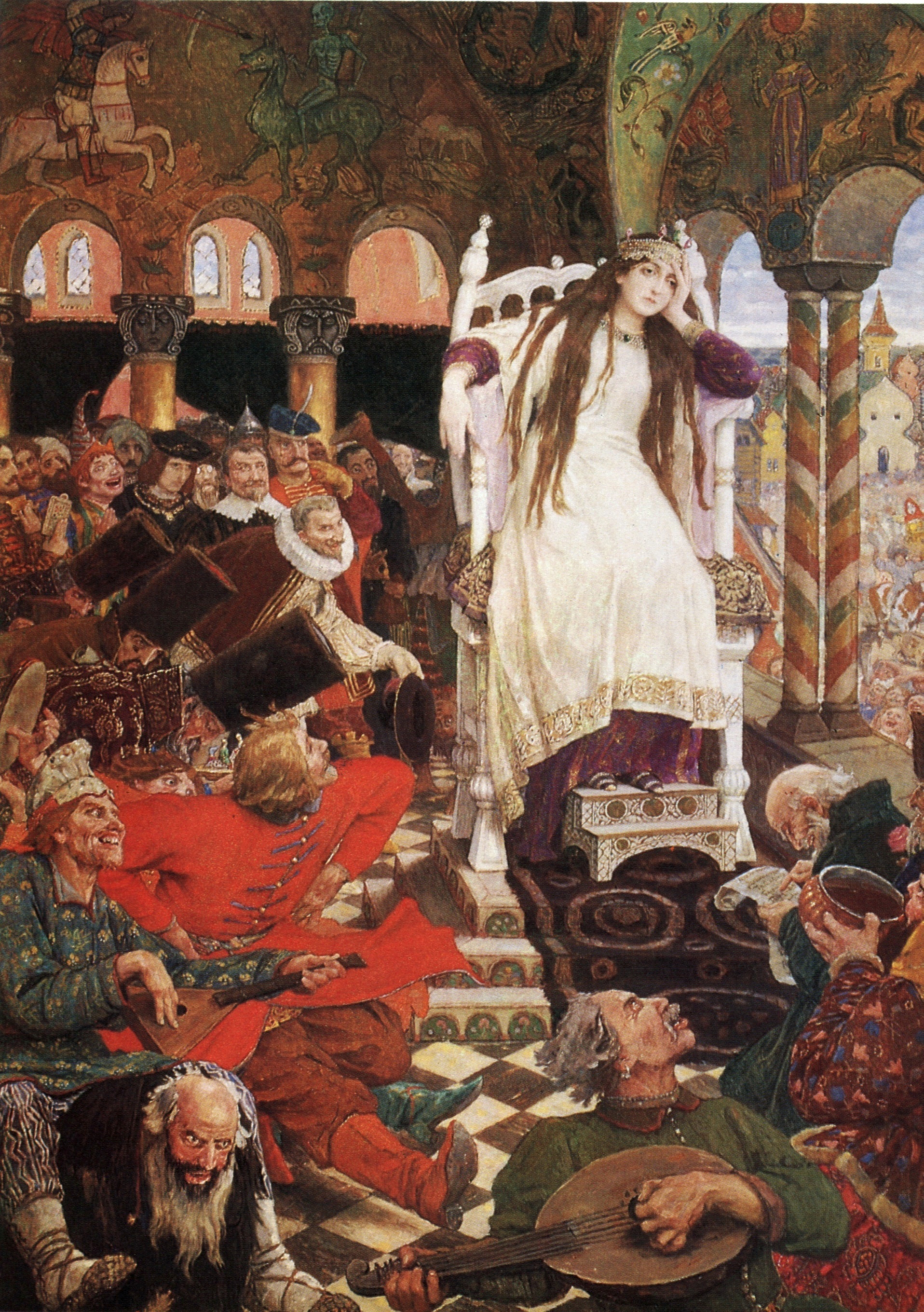
Vasnetsov's architectural contributions in the Russian Revivalist style are equally notable. He designed the church in Abramtsevo (1882) with Vasily Polenov, his own mansion in Moscow (1894), the Russian pavilion for the 1898 World Fair in Paris, and the highly distinctive façade of the Tretyakov Gallery (1904), which remains a prominent landmark in Moscow. He also designed mosaics for the Alexander Nevsky Cathedral in Warsaw and contributed to the design of the Alexander Nevsky Cathedral in Moscow. In 1914, he designed a revenue stamp intended for voluntary collection to aid victims of World War I.
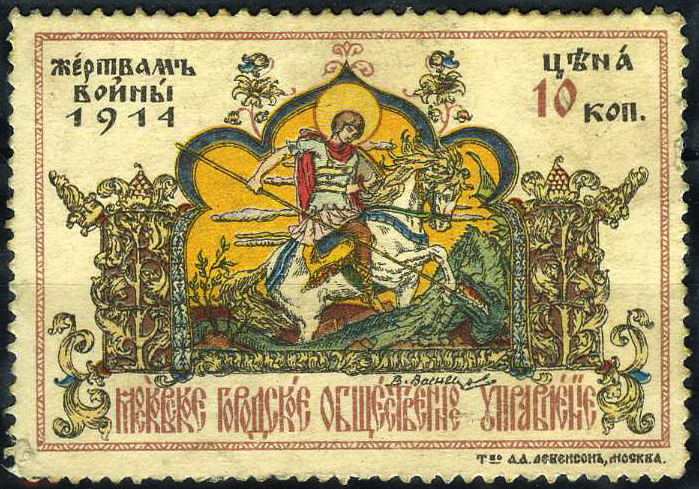
His theatrical work includes stage designs and costumes for Nikolai Rimsky-Korsakov's opera, The Snow Maiden (1885), and collaboration on the theatrical design for Sadko (1897).

He also designed the Cross at Grand Duke Sergei Alexandrovich's assassination site.
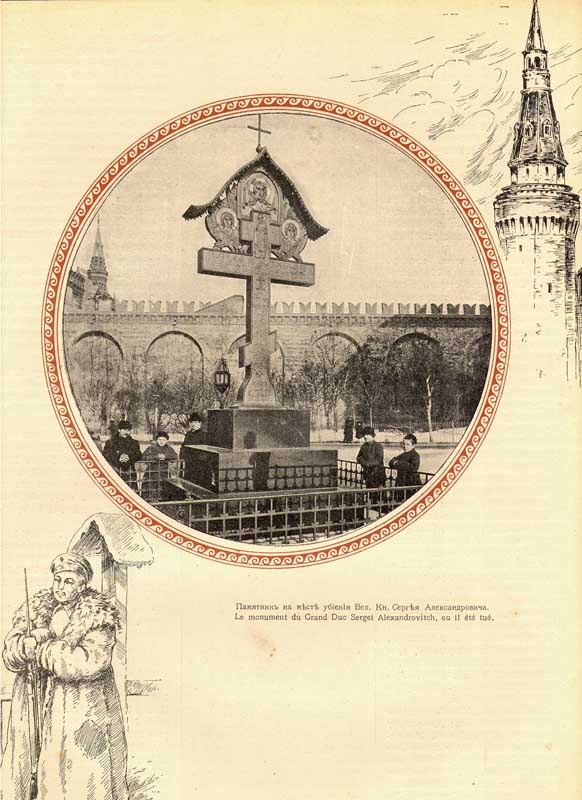
4. Death
Viktor Vasnetsov died in Moscow, Russia, on July 23, 1926, at the age of 78. His passing marked the end of a long and influential career that profoundly shaped Russian art.
5. Assessment and Legacy
Viktor Vasnetsov's artistic achievements and his enduring impact on Russian culture and art history are profound. He is celebrated for establishing a unique artistic direction that championed Russian folklore, mythology, and history, diverging from the prevailing realist trends of his time while paradoxically seeking to connect with the Russian people.
5.1. Posthumous Assessment
The historical and critical reception of Vasnetsov's work and his artistic movement evolved significantly after his death. While his early fairy-tale and epic works, such as The Knight at the Crossroads and Alionushka, were initially met with skepticism from some radical critics who felt they deviated from the Peredvizhniki's realist principles, their popularity grew in the 1880s. This shift suggests a growing appreciation for art that explored national identity and spiritual themes. His religious frescoes in Kyiv's St Vladimir's Cathedral, though controversial, were lauded by some, like Dmitry Filosofov, as a "bridge" between different social classes, highlighting their social impact. Later assessments sometimes considered his very late paintings to be of secondary significance compared to his peak period. Nonetheless, his contributions to the Russian Revivalist movement, including his distinctive architectural designs and his reinterpretation of historical and mythical narratives, solidified his place as a pivotal figure who helped define a unique Russian artistic style.
5.2. Influence
Vasnetsov's art left an indelible mark on subsequent artists, notably influencing Mikhail Vrubel, whom he mentored during their collaboration in Kyiv. His visual interpretations of Russian fairy tales and epic poems became deeply ingrained in the national consciousness, shaping popular culture and the collective imagination of what Russian history and mythology looked like. The influence of his work extended beyond painting, impacting architectural design, stage set design, and even military uniforms, as evidenced by his contribution to the budenovka hat.
His legacy is recognized through various posthumous honors. A minor planet, 3586 Vasnetsov, discovered by Soviet astronomer Lyudmila Zhuravlyova in 1978, was named after both Viktor Vasnetsov and his brother Apollinary, acknowledging their joint contribution to Russian art. Furthermore, his work has appeared in popular culture, such as the anachronistic presentation of his painting of Ivan the Terrible in the film Elizabeth: The Golden Age, illustrating his pervasive recognition. His grandson, Andrei, also achieved prominence as a People's Artist of the USSR, continuing the family's artistic heritage.